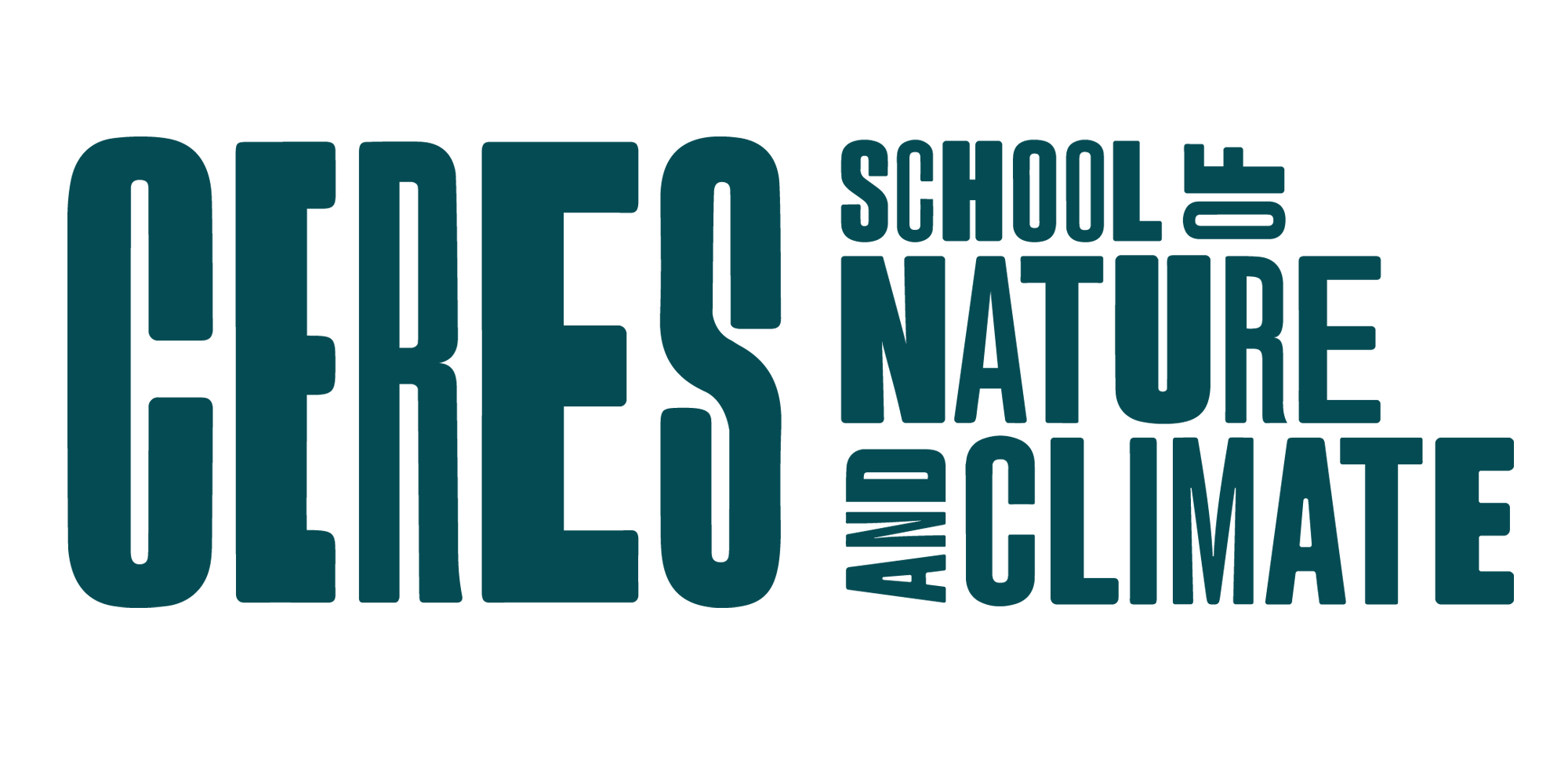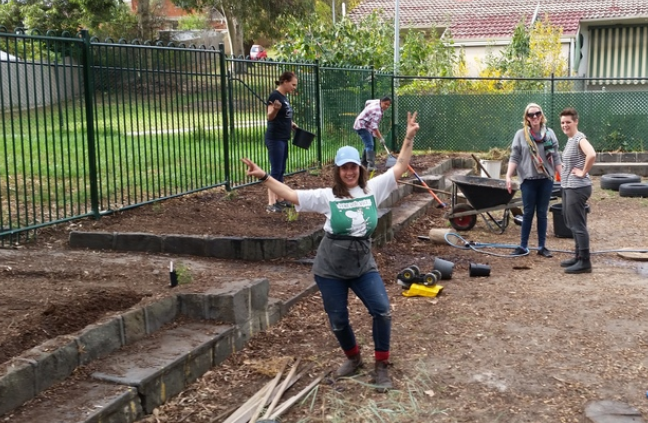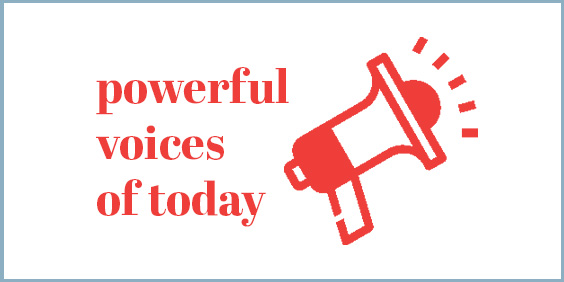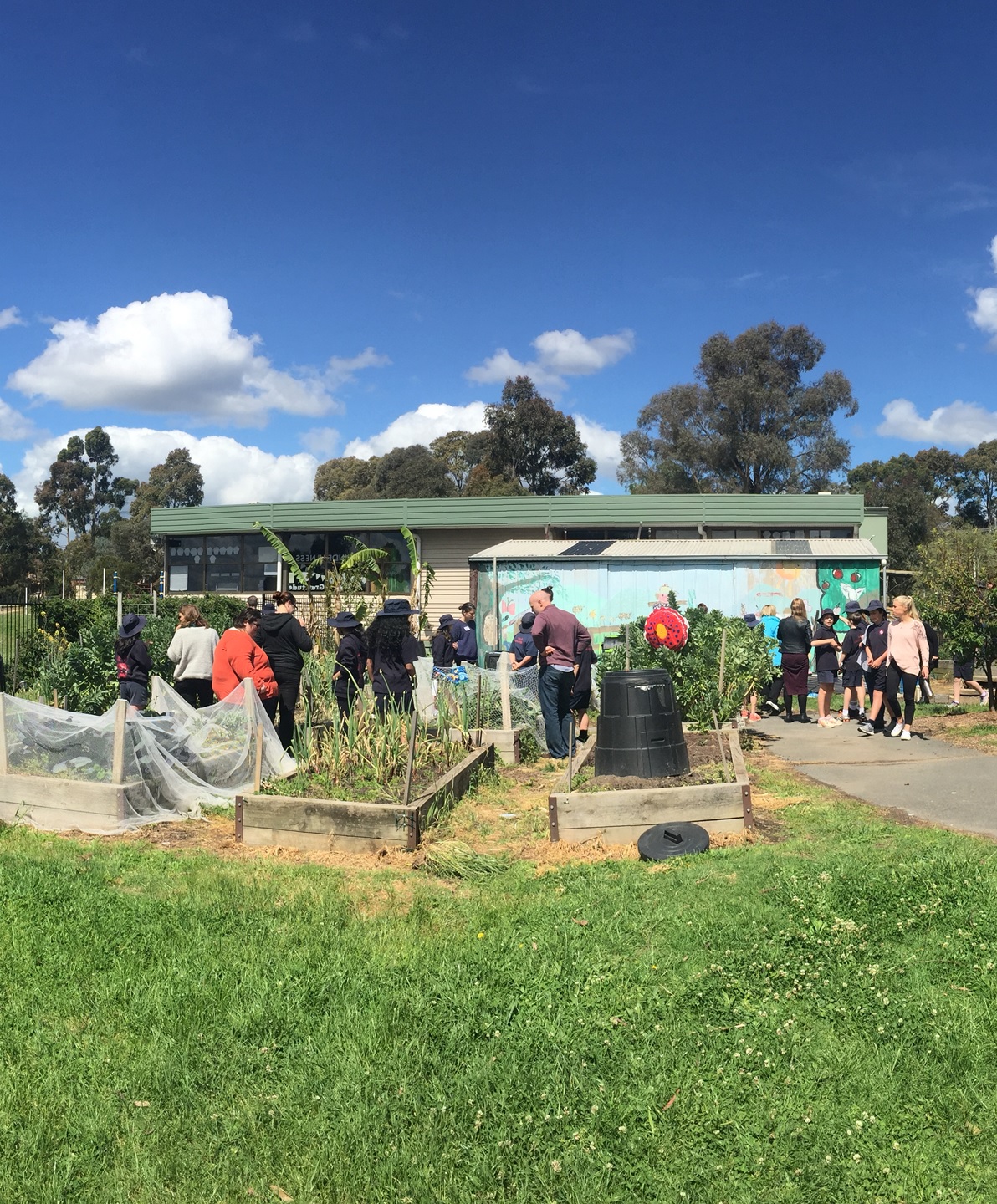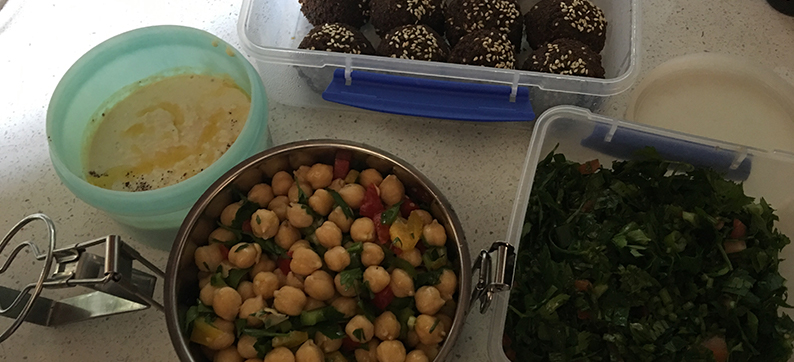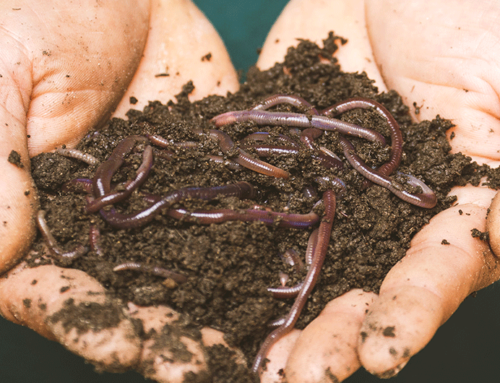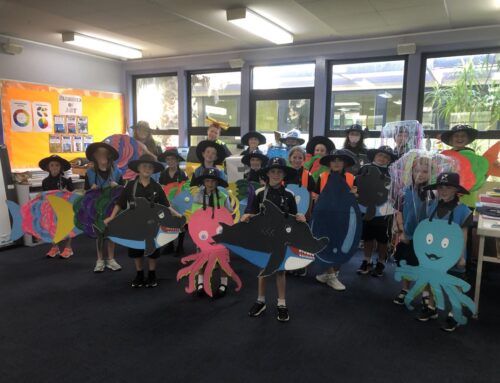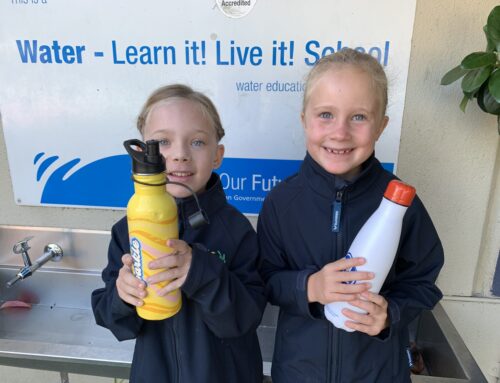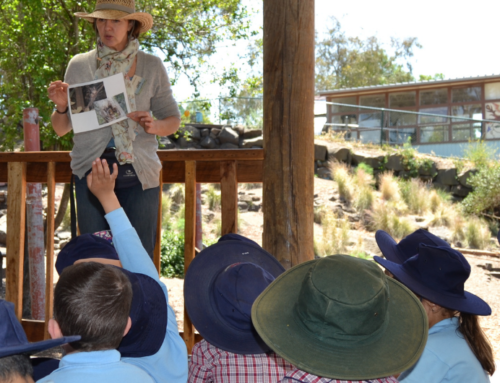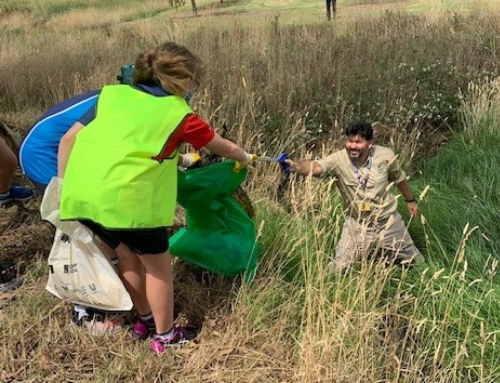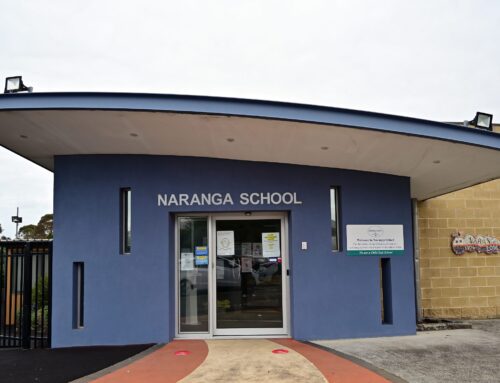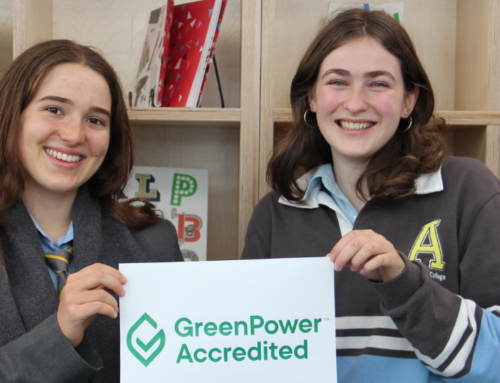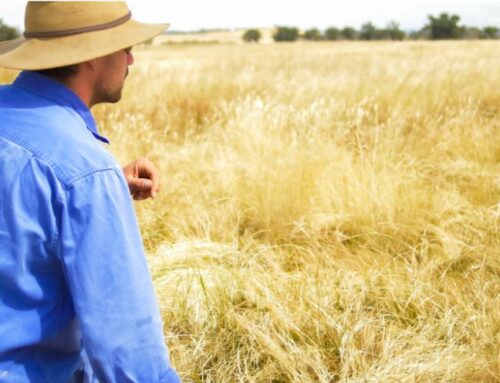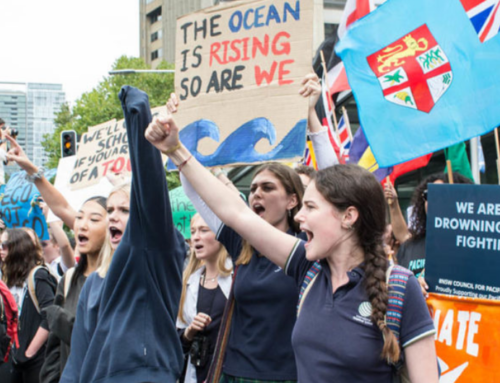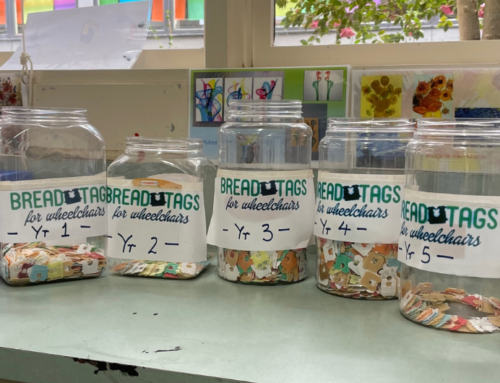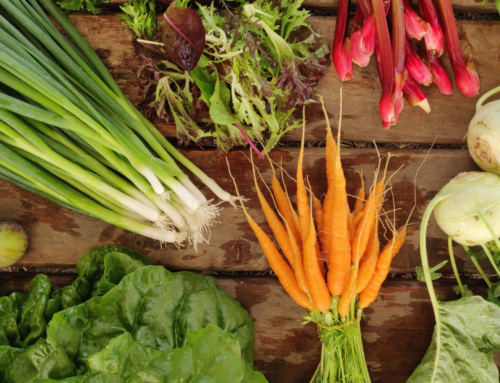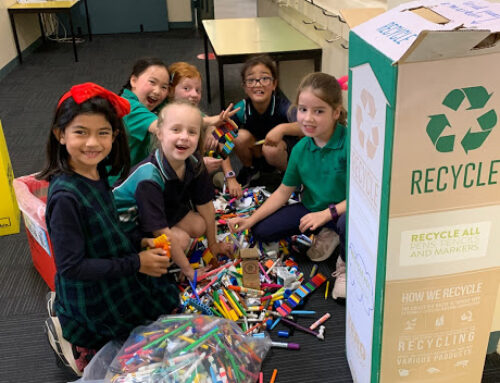June 2018
In this edition of ‘What Inspires Me’ we feature Anabel Herr, Sustainability Coordinator at St. Kilda Primary School. The school recently became the 50th school in Victoria to become a 5Star School, and were awarded their certificate by the Hon Lily D’Ambrosio at an event held in May to celebrate all schools who have reached this significant milestone. Anabel is passionate about her role at the St. Kilda Primary School and works hard to make their school a sustainable one.
1. How did you first get started with environmental education?
Environmental education is my second career. After studying biology and biochemistry I became a cancer biologist for sixteen years, before I decided to change tack and focus on my passion, sustainability. I was lucky enough to be offered a position at St Kilda Primary School as a sustainability coordinator for three days a week, which allows me to spend my time with children and people who care about similar issues as I do.
I grew up in southern Germany, just at the foot of the Alps. Running through the forest, swimming in lakes and fishing in creeks are just some of my fond memories from my childhood. The enjoyment I had from nature turned into a deep love and respect for the environment. Recycling was part of my daily life and from a young age I helped my father in the garden and had many lessons about the life cycle of plants, how to make the best compost and growing food for our own consumption. This was a fantastic start for my own path towards becoming a life-long believer in sustainability and caring for the environment.

Anabel installing caps
2. What have been the biggest highlights of your journey so far?
Our last Zero waste fete is one of my biggest highlights. Watching children dressed up in animal costumes reminding people how to separate their waste correctly, people returning their plates and cups to our washup van or standing next to the Principal Sue Higgins at the end of the night gazing over the school grounds and being amazed about the absence of litter. I felt an immense sense of pride about what our school has achieved.
Becoming a 5Star ResourceSmart School was another highlight. It represents for me how passionate, enthusiastic and dedicated our students, staff and the wider community are about sustainability. We do truly incorporate it into our daily life, and although we are not perfect, we try very hard to create a better future every day.
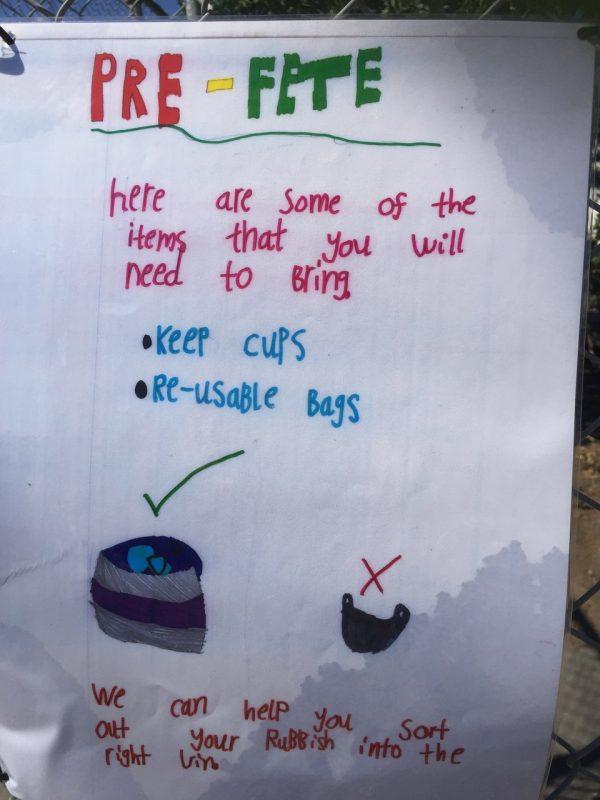
Posters the Year 2s did in preparation for a waste free fete
3. How do you engage with people that are not buying into the sustainability message?
Picking small goals which are easy to reach allows everyone, independent of their abilities or beliefs, to engage. Waste is a great way to get people involved. Children very easily understand the process and are able to independently achieve success in an enjoyable way, for example, by collecting the green waste and feeding it to the chickens. Once some of the children are engaged and excited they will motivate others to also help.
Also aim for little steps. People can be overwhelmed by major changes. Let them get comfortable with one change first before you introduce another.

Men’s Shed from South Melbourne built 2 x 3 compartment compost bins for the school
4. Can you share a school sustainability project or story that you’ve heard about that stood out for you?
Four or five years ago our Vice Principal heard about a mint tap garden at Armadale Primary School. She sent me a photo which I filed away and forgot about.
The tap mint garden is built from recycled materials and sits underneath drinking taps to catch the excess water. The mint releases a beautiful scent every time a student brushes against it.
By chance I got contacted by Armadale Primary School to help them with their sustainability policy and I remembered the garden. It turned out that the person who built it was still at their school and he is now building one at our school. What a beautiful way to save water!
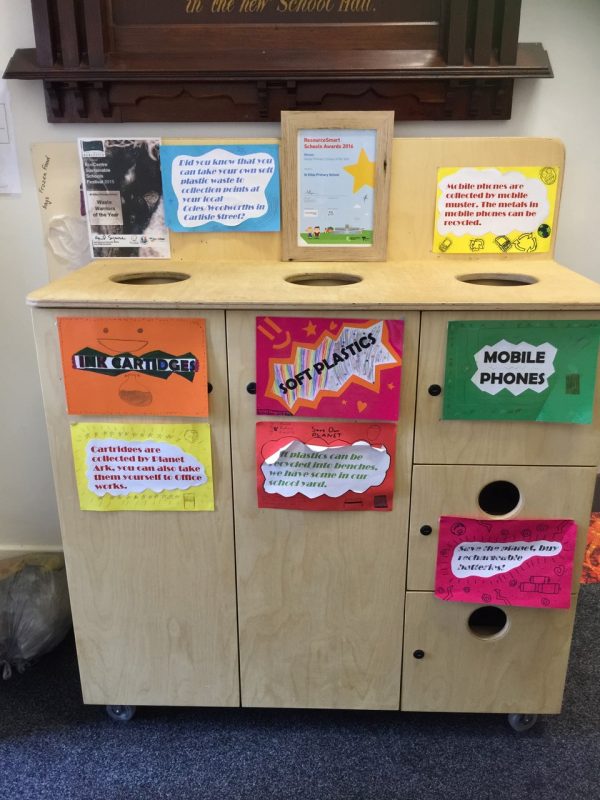
St. Kilda Primary School’s recycling station accepting ink cartridges, soft plastic, batteries, mobile phones and dental care
5. What is your favourite environmental education resource for schools?
My favourite one is the amazing network of like-minded people and organisations we tap into on a regular basis. A lot of our parents are a wonderful resource and are very willing to contribute in many different ways. We just recently had eight parents come in and speak very easily about their jobs and passion in our Year 2 STEAM project. We also have a very close relationship to the Eco Centre in the St Kilda Botanical Garden. Numerous educators have come to our school and taught the kids about various issues, they offer great workshops and seminars and so far, there wasn’t a single question they couldn’t answer. CERES is another great resource, and their webpage is full of amazing information. Cool Australia is fantastic for teaching resources, but also for getting some great ideas on how to involve the community into projects. It is also always worthwhile to check out the local Council. Bret Hedger from Port Phillip Council is our waste guru and he was outstanding in providing support when we set up our green waste system at the school.
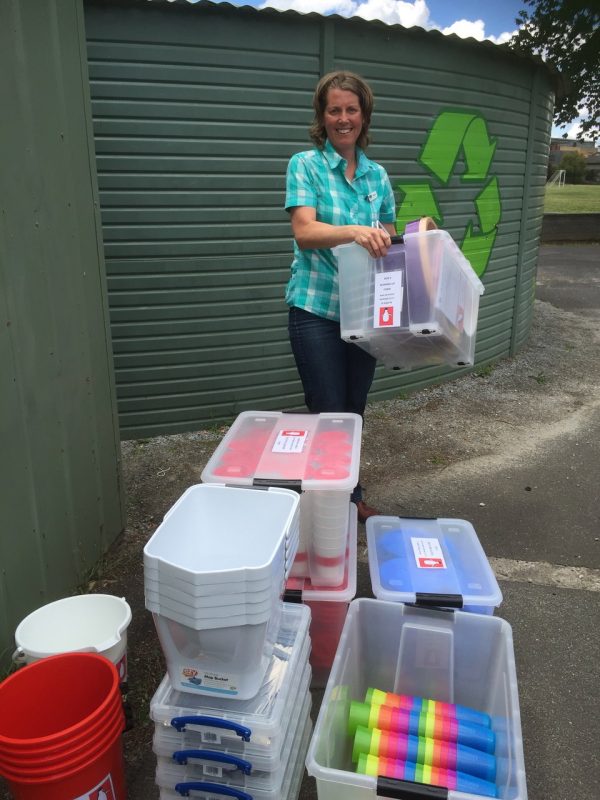
Karen Jones from the Eco Centre handing over the school’s new wash against waste kit
6. If you could be a sustainability superhero, what name would you choose and what powers would you have to make the world more sustainable into the future?
Inspiro. My power would be to empower others to discover and tap into their sustainable passion to make a change in their life or their community. I believe that little changes will inspire others and lead to the big changes we need to create a sustainable future for the generations to come.
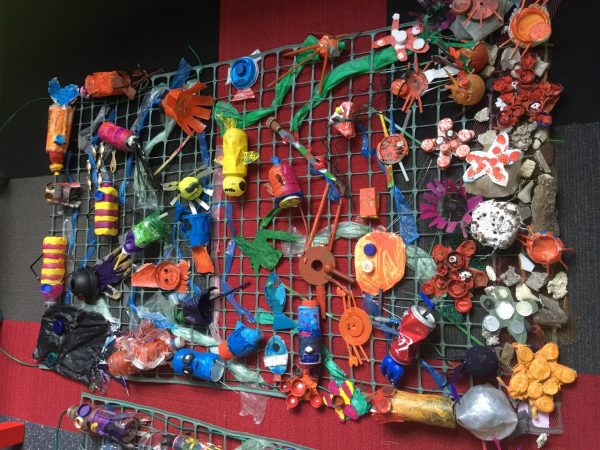
2 art pieces made out of plastic material collected at Elwood beach for an art exhibition at Gasworks Albert Park
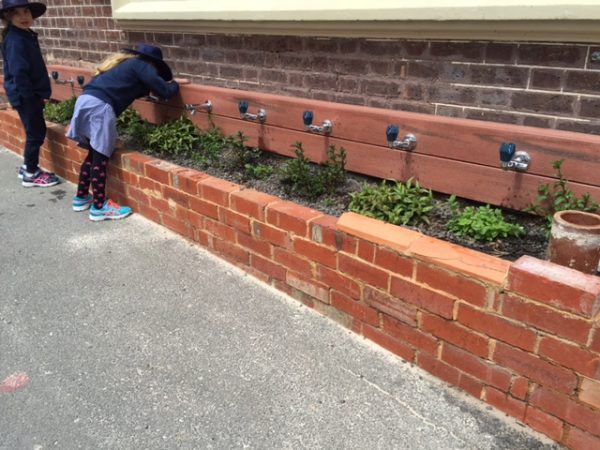
St. Kilda Primary School’s mint garden
Thank you Anabel for sharing your story.
Learn more about St. Kilda Primary School by visiting their website and their Sustainability Hub blog page.

